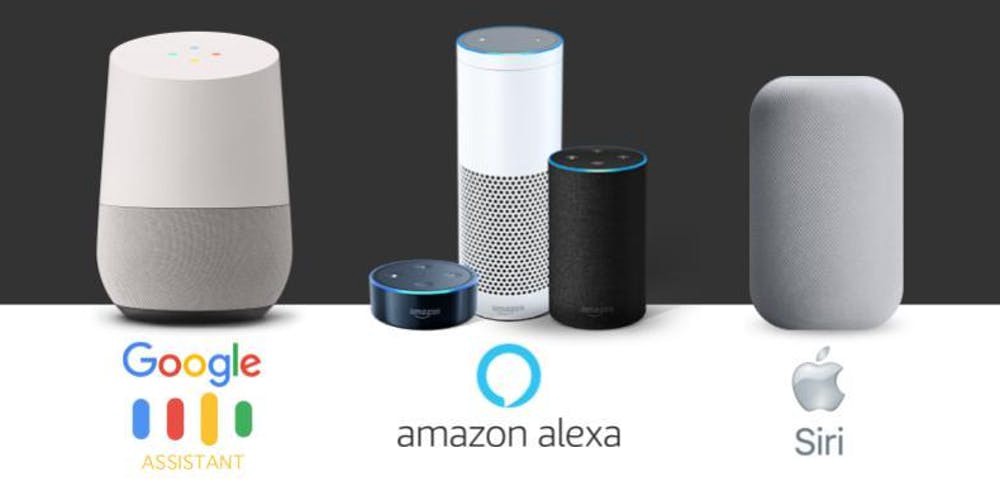How Voice Assistants Are Changing Our Lives
Consumers prefer to interact with voice assistants and text assistants rather than humans; Do you believe it This is the holder of the information that at the beginning of September the Capgemini Research Institute sent to the media. The truth is that I don’t know whether to believe it. In India, there are no exact figures on how many attendees intelligent of voice there, but if we consider that most smartphones have it, there must be several million, if not many. And that without counting those that have already begun to occupy some rooms of homes, whether they are from Google, Amazon or Apple, especially.
Still, I can not believe what he says Capgemini, has asked more than 12,000 consumers using wizards virtual voice or text / chat regarding products and services companies in the automotive, consumer products and retail, and banking and insurance in 10 countries -United States, Sweden, Italy, India, Netherlands, France, Spain, United Kingdom, Germany and Norway-, and a thousand executives of organizations operating in the aforementioned sectors, including companies that work exclusively by Internet.
The study shows that consumers increasingly prefer to interact with Voice assistants than with human beings, especially when it comes to inquiring about products, obtaining information about new services or tracking their orders. According to the report, about 70% of consumers surveyed say that, over the next three years, they will gradually replace visits to physical stores, dealerships or the bank with smart speakers.

On the other hand, companies, Capgemini says, are already seeing the benefits of conversational assistants and place them as a fundamental element for loyalty and, in general, to enrich the customer experience. More than three – quarters of companies (76%) report having achieved quantifiable benefits of initiatives implementation of voice assistants or text/chat in their processes, and 58% say that those benefits have covered and even exceeded their expectations. Among these advantages is the reduction in more than 20% of the costs of customer service.
However, the report shows that the pace of development and effective implementation of virtual assistants by companies is lagging behind the intensity of consumer enthusiasm and demand. According to the study, less than 50% of the world’s top 100 organizations in the automotive, consumer and retail and banking and insurance sectors have voice assistants; and the same can be said for text assistants/chats.
The report also shows that consumers value the increasing capacity of conversational assistants to improve their experience. In 2017, 61% expressed their satisfaction with the use of the virtual voice assistant, such as Google Assistant, Amazon Alexa or Siri, on their smartphones; a proportion that rises to 72% in the 2019 study. In addition, in 2017 46% of consumers declared themselves satisfied with the use of a smart speaker , such as Google Home or Amazon Echo, and 44%, with an assistant Voice with smart screen, such as Amazon Echo Show and Amazon Fire TV; figures that grow to 64% and 57% in 2019, respectively.
“Once the trust with virtual assistants has been carved out, consumers are willing to move to a new level in their relationship of use, with higher levels of personalization, emotional connection and value,” says the consultant’s report. More than two thirds (68%) of consumers value that a voice assistant allows performing several tasks simultaneously in hands-free mode and 59%, that text/chat assistants are continuously improving the level of customization. The study also shows that users aspire to a more humane interaction with their assistants: 58% would like to be able to personalize voice assistants, for example, by giving them a name (55%) or defining their personality (53%).
The report also identifies four critical factors that companies must consider taking advantage of this growing consumer interest in conversational interfaces: finding the right balance between human and robotic interactions to establish stronger and lasting relationships with the customer; provide conversational assistants with additional features, such as images and videos; dedicate more efforts to gain consumer confidence by solving friction points, offering individualized information of greater interest to each user, and designing and selecting use cases that demonstrate the positive impact on the experience compared to other business criteria ; and develop skills in user experience design, architecture / technology and regulatory compliance.


